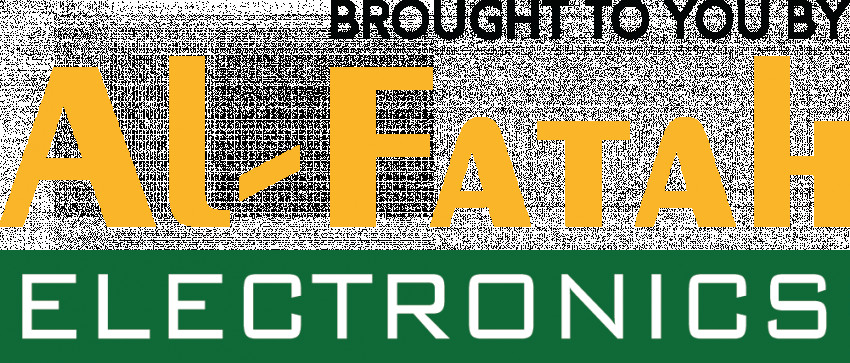
Your own personal preferences more than anything else.
Types of washers:
Washers may be semi-automatic or completely automatic. There are a variety of washers however there are two primary kinds which include front and top load washers. They can be either built-in or freestanding in line with your space and style preferences.
semi Automatic Washer
It is necessary to make a manual intervention. You can stop the machine to wash and scrub the clothes for getting rid of any dirt, then dry them in separate tubs.
Fully Automatic Washer
There is no need for manual labor in the case of these washers. These washers come with more washing programs than semi-automatic machines , and will save you time and effort for the user.
Washing Machines With Top Loading
You can open the door and load it from at the front of your machine. If you are planning to purchase dryer, you will need to do side-by-side installations to your washing machine. Top load washers usually include impellers or agitators. However, agitators consume large amounts of space, thus making space for clothing. Thus, models with agitators tend to be cheaper.
Pros:
- It is not necessary to bend down or kneel while taking or loading your laundry. This is especially helpful for those who are elderly and suffer from knee or back discomfort.
- They're usually less expensive than front-load washing machines due to they require more energy and water.
Cons:
- Top loaders consume an average of 17.94 gallons of water for each wash, which is more than twice the amount of water needed for front loaders. Thus, a top-loading machine is expensive to run.
- Agitators can be harsh on delicate and soft fabrics.
- Agitators also take up large areas that make it harder to fit clothing, i.e., reducing the capacity of washers.
- With a top-loader, the only option is to install a side-by-side setup for your dryer. This will reduce the size of your laundry room, particularly when your laundry space is tiny.
- The deep tubs will mean that you need to reach to the lower part of the washer to select your clothes.
Load and open on the front of the washer. Load from the front of the. The machines are equipped with tumble cleaning, not agitators which makes them safe for fabric and energy efficient.
Pros:
- They have contemporary styles.
- The machines come with a range of wash programs.
- They are useful because they offer the option of stacking dryers on the top.
- Water and energy efficient These use on average around 8.74 gallons of water for each load. This is about less than the amount of water needed for front loaders.
Cons:
- They are more expensive than top-loading washing machines.
- You must bend or kneel to fill or remove laundry.
Drying effectiveness (rpm):
The spin speeds of washers can be measured using RPMs (revolutions per minute). The more rapid the drum's rotation rate each minute is, the more efficient drying you can get. A proper spinning speed, or RPM eliminates excess water from the end of the program, which decreases the time needed to dry clothes on the washing line or in the tumble dryer. Additionally, the spin speeds range between 1000 and 1800 rpm with a average rpms ranging from 1200 and 1400. High RPMs are needed for large and heavy towels, whereas the delicate socks and garments require less spin speed. It is possible to reduce the speed of spin, but you shouldn't exceed the speed of your machine's rpm. It is important to note that the operating cost of the washer rises with rapid speed of the spin as well as the noise levels.
Ratings for energy efficiency:
One of the primary aspects to consider when making your choice of purchase is the use of water and energy. There are a variety of options for energy efficient washer having various ratings. These ratings are generated by companies by measuring washers' energy and water consumption on their cotton programs at 60°. Additionally the efficiency ratings range all the way to Aplus to is the highest grade from A to A. This is the best option if you can buy one that is energy efficient as it consumes less energy and water.
Drum size:
One of the most important aspects to consider is the size of your washer's drum. The size of the drum refers to the weight of dry clothing that can fit inside the washing machine. It is important to know that there are various sizes for drums and you should make your decision dependent on the needs you have. Also, you want to be able fit laundry without difficulty or issues with the washing machine. Pick a suitable size drum to get the best cleaning outcomes by filling the items according to the size limits of the program. Naturally, the larger the drum is, the simpler it will be to load a larger amount and the fewer rounds you'll need to wash all your laundry. You'll be able to ensure that your clothes are completely cleaned and you'll have more room to be moved around and drying your clothes more efficiently.
Dimensions and measurements:
What are the typical dimensions of a typical washer?
The standard washing machines come with the following dimensions on average:
Height: 85 cm.
Width: 60-70 cm.
The depth range is 40-70cm.
What measurements should you make?
If you're taking measurements for your washer, the initial step is to determine the height, width and depth of the space where the washer is to be placed within. Take into account the external and internal dimensions of the machine. Some washers are curved and heavy on their edges and the front side. Measure the doors and walkways to ensure that the washing machines can pass within them as well as in the area behind washer
Installation:
Before installing your washing machine, take into consideration the previous installations and plumbing requirements to ensure that your washer is work and fit.
The additional space is needed for the installation of pipes and pipes behind washers. In the first place, you should have a drain connection to drainage and a clear pathway. Naturally, you'll need hot and cold water lines, ideally within 3 feet to your washer's hookups. If you're considering adding pedestals, it is important to know that this could add between 16 and 40 cm to the height of your washer, possibly and affecting cabinets that could be over the washing machine.
Detergent:
There are a range of washing detergents in your machine. They include gel, powder and liquid. Powder as well as gel-based detergents makes it simple to determine the dose right , without any difficulty in estimating. However liquid detergents are ideal for use at low temperatures since these detergents are easy to dissolve.




